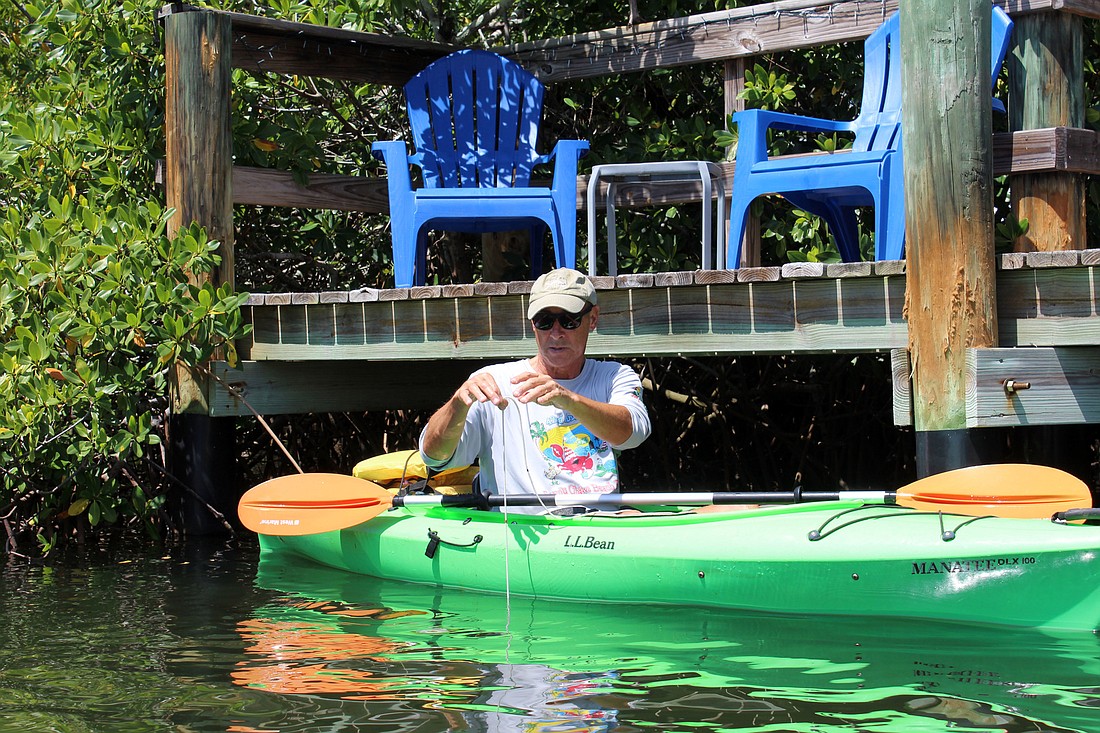- January 15, 2025
-
-
Loading

Loading

After installing more than 100 mini reefs throughout the Grand Canal, the Siesta Key Association won a grant to help continue its work with the hopes of more to come.
The Sarasota Bay Estuary Program, a nonprofit focused on reversing a decades-long decline in the health of Sarasota Bay, awarded SKA about $1,500 to continue its work and add an aeration system to the canal.
It also received $500 from the IBM employee volunteer program, which allows retired IBM employees to volunteer hours to receive money toward a nonprofit.
The mini reefs, created and installed by Ocean Habitats, are passive devices installed under docks to attract marine species that naturally improve water quality.
Once established, each reef can host enough life to filter 30,000 gallons of water daily. Just over 113 reefs — or about 11% of the canal’s capacity — have been installed at 84 homes since December 2020.
“It’s a great project because we are tracking and being stewards of what we’re putting in the water,” Margaret Jean Cannon, who has been a leader of the SKA project, said.
Now the organization is hoping to secure a similar grant from the Sarasota County Neighborhood Grant Initiative Program, this one for about $5,000, to help install more reefs.
The county program was launched in 2003 to provide matching grants to help neighborhoods improve their character, health, safety and environment. The latest batch of grants will be presented before the County Commission in the fall for final approval.
If it were to receive the county grant, Cannon said SKA would install about 30 reefs in the canal near homes between Commonwealth Lane and Commonwealth Place, where homes are close to two county storm drains.
With that many reefs near storm drains, Cannon said the water quality should visibly be improved within the area, which will make way for more marine life.
It also applied for a $10,000 grant from the Gulf Coast Community Foundation as part of its Playbook for Improving Water Quality initiative. The grant would allow the nonprofit to purchase digital testing equipment to increase the accuracy of its data.
After the reefs are installed, members of the Siesta Key Grand Canal Research team, neighborhood residents and students from Ringling College and Out-of-Door Academy will come together to conduct water testing.
SKA leaders also had a meeting with the Westcoast Inland Navigational District to discuss the possibility of dredging the Grand Canal where it opens at Robarts Bay. One side of the opening is about 10 feet deep while the other is about three feet deep due to sediment build up.
A consistent opening will allow more water to regularly flow through the canal, which will help keep nutrients from building up.